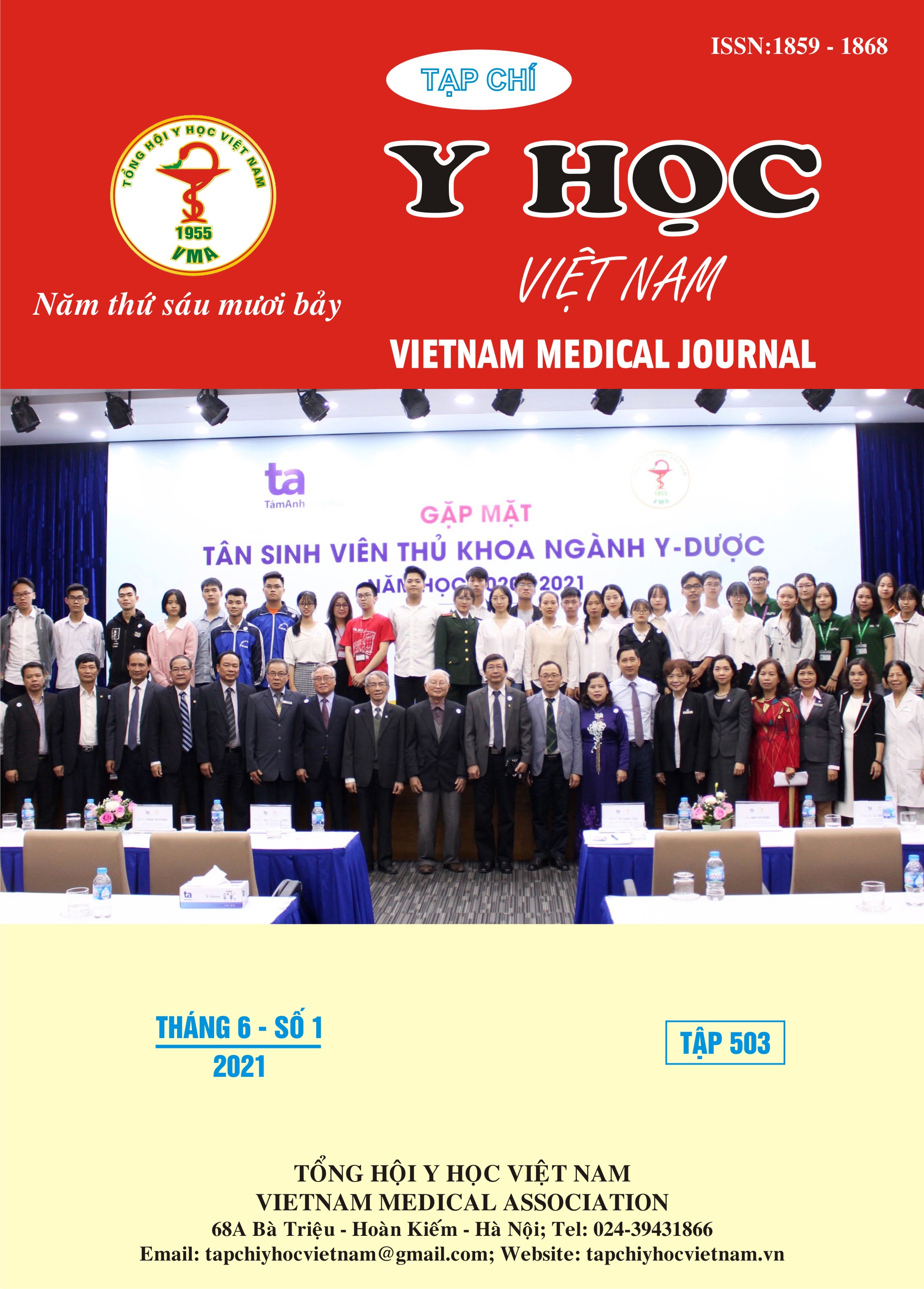EVALUATION OF CHARACTERISTICS OF ANATOMICAL INJURIES OF INTERTROCHANTERIC FRACTURES BASED ON COMPUTED TOMOGRAPHY SCANS
Main Article Content
Abstract
Aim: A precise preoperative evaluation of anatomy injuries of intertrochanteric fractures is crucial for surgical planning. Subjects ànd methods: including 101 patients with intertrochanteric fracture were classified anatomical lesions based on X-rays according to AO classification and Etsuo classified based on 3D CT images. The evaluation of concordance rate between the AO classification based on X-rays and the Etsuo classification base on 3D CT images. Results: The study results showed that there are 3 main fracture lines for intertrochanteric fracture : the anterio fracture line was in 101 cases (100%), the posterio fracture line was in 92 cases (91.09%), and the broken line outside wasin 53 cases (52.47%). Classification according to Etsuo includes: 2-part fracture, 19,80%, 3-part fracture 72.28% and 4-part fracture 7.92%. bone accounts for the highest percentage (41.10%). In 41 cases of 2-part fractures on conventional radiographs, on 3D CT revealed 21 cases of 3-part fractures. The study results showed that there is a lowconcordance rate between the AO base on X-rays and Etsuo base on with K = 0.405. Conclusion: Classification of intertrochanteric fracture based on X-ray films has limited accuracy. CT scans with 3 D rendering were shown to be more accurate due to more complete detection of fracture locations, morphology and number of fragments.
Article Details
Keywords
computed tomography, intertrochanteric fracture, X-ray
References
2. Etsuo Sh., Shimpei K., Yu S. et al. (2017) Proposal of new classification of femoral trochanteric fracture by three-dimensional computed tomography and relationship to usual plain X-ray classification. Journal of Orthopaedic Surgery 2017. 25(1): p. 1–5.
3. RussellT.A.,(2015). Intertrochanteric Fractures. Rockwood & Green's Fractures in Adults. 8th Edition. Vol. 2., Lippincott Williams & Wilkins.
4. Ming Li(2019). Three-dimensional mapping of intertrochanteric fracture lines. Chinese Medical Journal, Vol132(21), p: 2524-2533.
5. El Sayed Abdullah, Mina E. S.(2021). The role of preoperative computed tomography in surgical planning of intertrochanteric femur fractures fixation. Int J Res Orthop. Mar;7(2), p:211-218.
6. Futamura K, Baba T, Homma Y, et al (2016). New classification focusing on the relationship between the attachment of the iliofemoral ligament and the course of the fracture line for intertrochanteric fractures. Injury 47(8): 1685-1691, 2016
7. Cho Y.C., Lee P. Y., Lee Ch. H et al (2018). Three-dimensional CT improves the reproducibility of stability evaluation for intertrochanteric fractures. Journal of Orthopaedic Surgery 2018 Volume 10 • Number 3,August.


